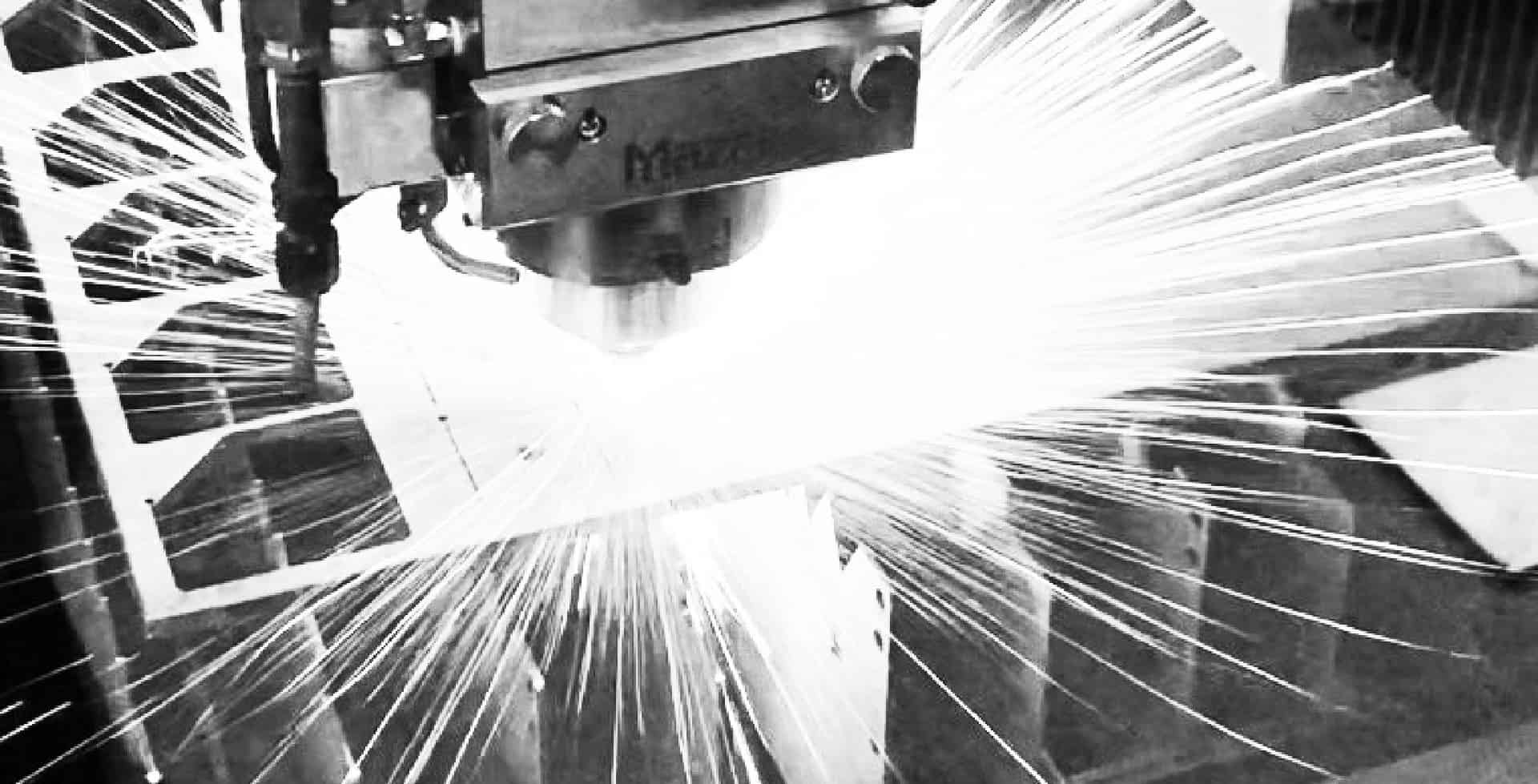Introducing NFPA 652: New OSHA-Adopted Standards for Combustible Dust

NFPA introduces NFPA 652
The National Fire Protection Association (NFPA) has established a new combustible dust standard, NFPA 652, which was adopted by the Occupational Safety and Health Administration (OSHA). The new standard impacts many industries, including chemical, wood processing, metals and agriculture.
NFPA 652 improves uniformity to the industry-specific combustible dust standard and defines standards for fire, flash fire and explosion hazards.
Why was NFPA 652 developed?
The NFPA 652 standard complements NFPA 654 by providing more specific guidelines on general dust combustibility and when to use those standards for all industries. NFPA 652 set guidelines for how to conduct a dust hazard analysis. The new standard also emphasizes the need for both fire protection and explosion protection to a greater degree than NFPA 654.
Understanding combustible dust: Concerns and containment
Any organization that processes or conveys dry bulk materials should have a combustible dust strategy. Combustible dust comes from any material with the risk to catch fire and cause explosions when mixed with oxygen and exposed to an ignition source.
Understanding combustion calls for understanding components of fires, flash fires and explosion.
Combustible dust materials include:
- Agricultural products, such as egg whites, powdered milk, cornstarch, sugar, flour, grain, potato, rice and more
- Metals, such as aluminum, bronze, magnesium, zinc and more
- Chemical dusts, such as coal, sulfur and more
- Pharmaceuticals
- Pesticides
- Rubber
- Wood
- Textiles
- Plastics
Understanding combustible dust and adopting NFPA 652 in your organization is important for two reasons:
- First, the standard helps guide a combustible dust strategy to protect your most valuable assets—your people—and it also helps safeguard your facilities and equipment from fire and explosions.
- Second, while OSHA doesn’t specifically enforce NFPA’s combustible dust codes, organizations that follow NFPA 652 demonstrate a commitment to protecting their employees from combustible dust hazards.
IVI will provide additional information on strategies pertaining to combustible dust and fire/spark suppression in a future blog post. At that time, we’ll explore how to keep your people, facilities and equipment safe while meeting compliance standards.
NFPA 652 FAQs
Following are some frequently asked questions about combustible dust and NFPA codes:
What’s the difference between NFPA 652 and NFPA 654?
NFPA explained the differences between the combustible dust codes:
NFPA 652
- Gives a baseline for all industries with combustible dust hazards
- Better defines the requirements over NFPA 654
- Provides a stronger emphasis on fire protection
NFPA 654
- Focuses on chemical processing
- More general vs. other commodity-specific standards
- Specifically addresses explosion protection
What are the other NFPA combustible dust codes?
- NFPA 652 – general regulation that directs users to the more specific industry and commodity-specific standards
- NFPA 654 – manufacturing, processing, and handling—broadest regulation and the base for the others
- NFPA 61 – agricultural and food processing (organic dusts)
- NFPA 484 – combustible metals
- NFPA 655 – sulfur
- NFPA 664 – wood processing and woodworking
- NFPA 68 – deflagration venting
- NFPA 69 – explosion prevention systems
What challenges can I expect when I upgrade for NFPA 652 compliance?
Updating to NFPA 652 standards could require a significant investment if:
- The dust collector needs to be moved outside the building.
- An existing dust collector does not include explosion protection devices or equipment that provides isolation, suppression or venting.
- The ductwork needs to be updated, especially when it returns air to the facility.
How do I know if my dust is combustible?
Have your dust examined for combustibility risk at a testing facility. IVI can connect you with a testing facility that works best for your organization.
How do I know if my organization is meeting the combustible dust codes?
The best way to know whether you’re compliant is to perform an audit—a dust hazard analysis (DHA). IVI can help you with a DHA by evaluating your specific dust and process to determine how you can best protect yourself from combustible dust risk and meet NFPA standards.
Working with IVI
IVI works with client partners to develop unique combustible dust strategies that meet NFPA codes. Contact IVI to discover whether you’re compliant and how we can help you.
To learn more about the hazards of combustible dust, watch our video.